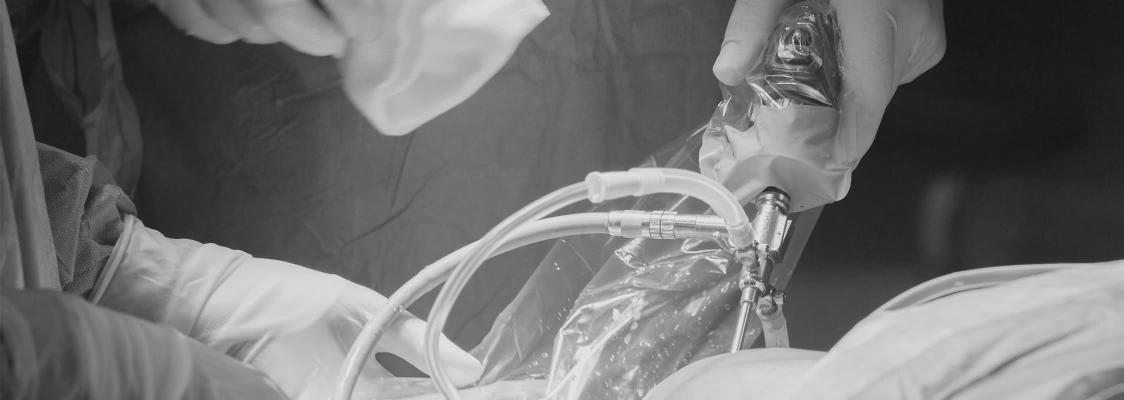Surgical repair may be required for extensive tears of gluteal tendons that have not responded to conservative measures. Surgical intervention is almost always reserved for instances where other treatments have been trialled and have failed.
The gluteal muscles and tendons carry very high loads during normal walking and weightbearing activities. As such, any surgical repair of the gluteal tendons needs to be very robust and also needs to be protected (use of crutches and minimal weightbearing through the affected leg) for at least 6 weeks following surgery in order to minimise the chance that the repair fails.
In most instances, strong anchors are affixed to the bone at the normal attachment point of the gluteal tendons. These anchors then act as fixation points for very strong sutures that are used to sew the tendons back into position. Immediately after surgery, the tendons are only held in position by these sutures, but formation of scar tissue over the following weeks causes the repair to progressively gain strength.
It is quite common for the gluteal tendon tissue to have a weak or frayed appearance at the time of surgery (this is usually the reason why the tendons tore in the first place) and it is quite common for sutures to simply tear through this tissue. If this is the case, then the tendon tissue may require reinforcement. This is usually achieved through use of an “artificial tendon” patch (such as a LARS ligament) that is sewn onto the natural gluteal tendons in order to bolster its strength.
